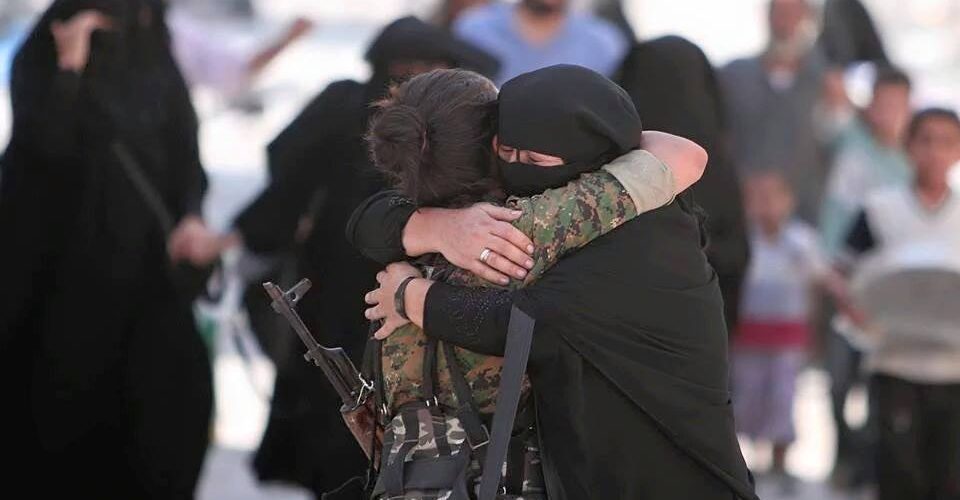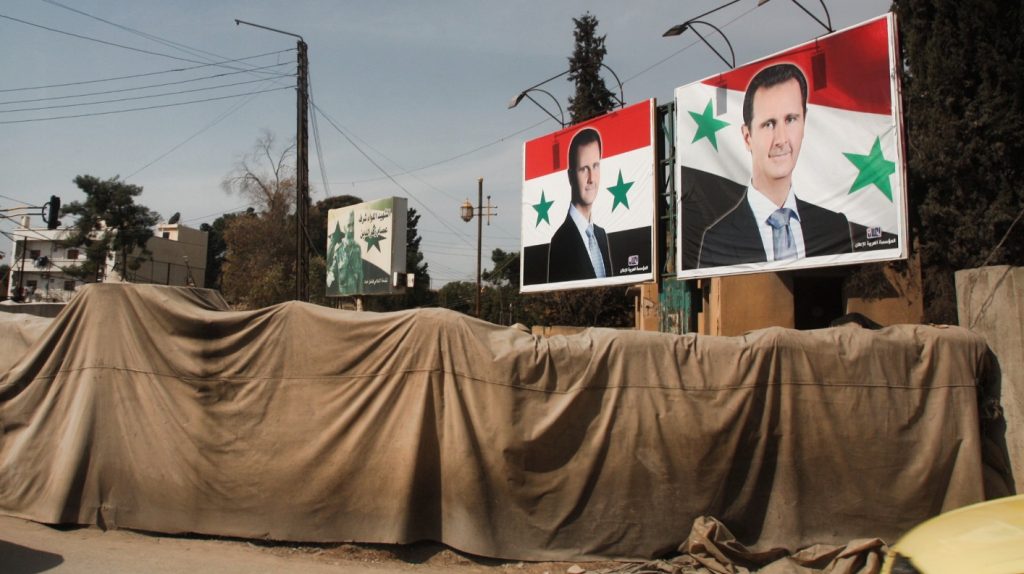Recent Turkish attacks have attempted to create conflict between the SDF and Regime forces in North and East Syria. The Turkish state has been unable to advance against the alliance of these forces, but hopes that conflict between them would create opportunities to do so. This is not a new strategy for Turkey – as the Rojava Revolution has always built links between different parts of society, Tukey has always worked to drive them apart.
The Ottoman Empire and the French and British Mandates controlled their territories through divide and rule strategies, pitting different ethnic and religious groups against one another and stoking hatreds between them. The Turkish and Syrian States have continued this policy, making it a pillar of their systems. In Turkey this has led to a series of genocides, forced assimilation, and widespread racism.
The inter-ethnic solidarity of the SDF and the Autonomous Administration of North and East Syria is not just ideologically repulsive to the Turkish State. By showing that peaceful coexistence is possible, it presents a threat to the very foundation of the State. When Erdogan talks of threats along the border, it isn’t arms or insurgents that he thinks will cross it – it is solidarity and democracy. As SDF commander Mazloum Abdi said in a recent interview, “One of the objectives of the Turkish military attack was to shatter the existing unity of the region. But it’s the opposite that took place.” The attack was stopped outside Tel Tamr, a Syriac town, by the combined might of Syriac, Kurdish, Arab, and Armenian forces, with fighters from Turkey, Europe, and all four parts of Kurdistan.
Although the PYD’s early successes in uniting Kurdish, Syriac, and Arab communities (many of those Arab communities forcibly settled on Kurdish lands by the Assad regime to create tensions in the region) were vital to the success of the Revolution, it is Manbij that stands as the shining example of what can be acheived. Manbij is a majority-Arab city West of the Euphrates, held by ISIS for years but now a key part of the Autonomous Administration. It was the first area outside of Rojava to be liberated by the SDF, and showed that the system of the Revolution could work outside of Kurdish areas. It proved that the SDF was not an invading, imperialist force, but could work with local people and self-defense forces to liberate their lands and then hand over control to them. This model was used again in Raqqa and Deir ez Zour, with the Manbij Military Council now joining in the same role.

South of Rojava, towards Deir ez Zour, the SDF works with a coalition of local Arab tribes to defend and administer the area. Turkey and their proxies have tried to destroy this unlikely alliance, but it has emerged stronger. SDF commander Polat Can says “The Turkish invasion was a big test for us. Our conclusion is unambiguous: Kurds and Arabs resisted together against a Turkish invasion. There was not a single Arab uprising against the SDF. Hundreds of young Arabs came to fight against the Turks. Even the Arab communities of Ras al Ayn and Tall Abyad [cities captured by Turkey] didn’t rally to the Turks. They [left their houses] and came to the territories held by the SDF.”
Expanding this spirit of cooperation to include the Assad Regime has been more challenging. But the Autonomous Administration has always coexisted alongside Regime-held areas. When the people of Rojava rose up in 2012, the Regime’s hold on the region was already weak. Quickly overwhelmed, the SAA (Regime Forces) retreated to the city centres in Qamişlo and Hassakah. Despite occasional conflict, the SDF has allowed the Regime to control small areas of these cities. In Aleppo, the Kurdish neighbourhood of Şex Maqsoud declared autonomy early in the war. After a heroic resistance against Turkish-backed Jihadist gangs during the war, they have retained that autonomy as an enclave in Regime territory. In Qamişlo, the seed of the current cooperation was planted. The border crossing to Turkish-occupied Northern Kurdistan was an obvious route for any Turkish invasion. So the Regime has been left in control of it, creating a diplomatic deterrent.

For Assad, the choice is clear, if unpleasant. The Autonomous Administration is a barrier to the return of his power to the region – and to a return of the economic plunder of North and East Syria that fueled the national economy for decades. But a Turkish victory would see those areas and resources lost forever, annexed into Erdogan’s expanding empire. The Autonomous Administration are at least willing to compromise. As Polat Can says, “Rojava cannot go back to the pre-2010 situation. The SDF will not disappear. We will not allow Kurds to be deprived from their rights [and] we will not allow the destruction of the relations between Kurds, Arabs, and Christians. Apart from that, we can negotiate anything they want.”
It is clear to everyone involved that a war between the Regime and the Autonomous Administration would benefit nobody but the Turkish State and it’s proxies. Eventually, an agreement has to be reached. But in the face of Turkish sabotage and provocations, and what Polat Can describes as the “chauvinistic mentality” of the Regime, progress is slow.